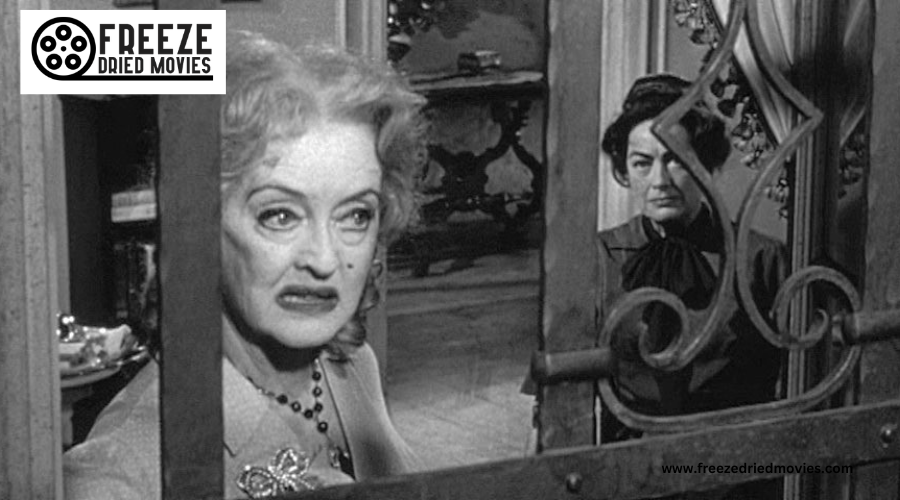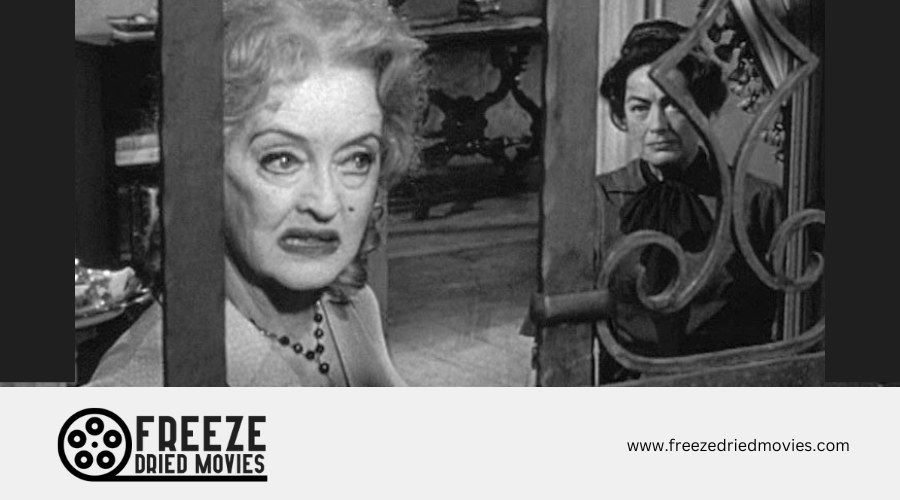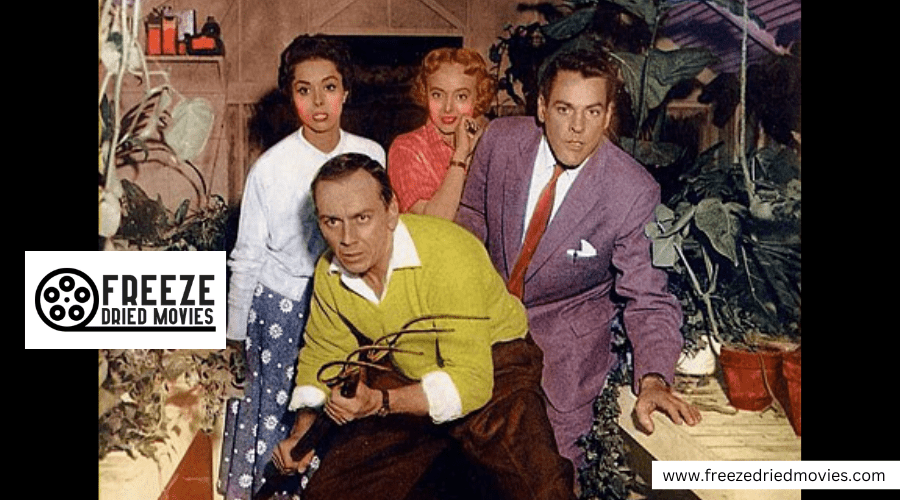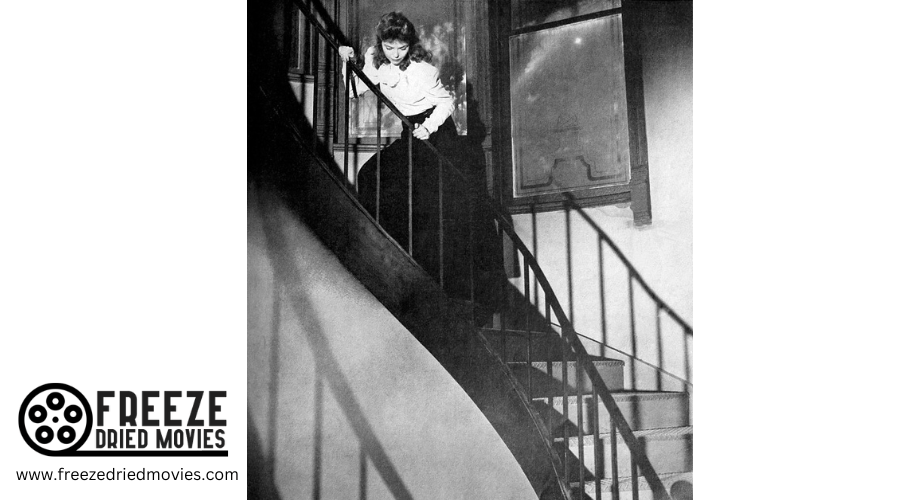European Horror in the 1960s: Gothic, Gore, and Giallo
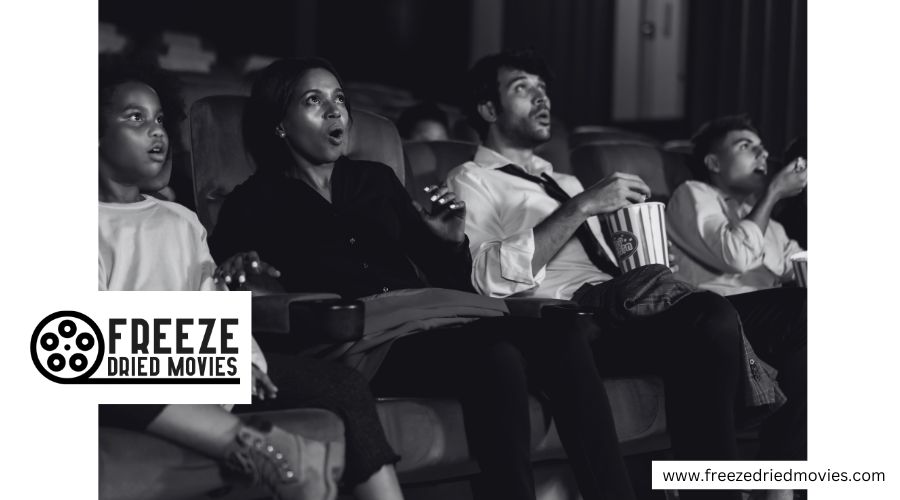
European horror cinema transitioned in the 1960s as Italian directors like Mario Bava moved from Gothic horror to the stylized giallo genre. You'll find these films defined by black-gloved killers, voyeuristic camerawork, and bold color palettes that challenged traditional horror conventions. The movement sparked a revolution in visual storytelling, blending sexuality and violence with social commentary. Today's horror films still draw inspiration from these boundary-pushing classics, and their influence runs deeper than you might expect.
The Birth of Italian Horror Cinema: From Gothic to Giallo
While European horror films had existed before the 1960s, Italy's entrance into the genre marked a dramatic turning point that would influence horror cinema worldwide. You'll find that Mario Bava pioneered this revolution with his Gothic horror magnum opuses Black Sunday and Black Sabbath, establishing a distinctly Italian visual style that would define the era.
The evolution from Gothic horror to giallo began with Bava's Blood and Black Lace, introducing the iconic black gloves and stylized murder mysteries that would become genre staples. When Dario Argento released The Bird with the Crystal Plumage, he pushed Italian horror cinema into the mainstream, while Lucio Fulci later added his trademark gore to the mix. These innovations didn't just stay in Italy - they'd go on to shape American slasher films and horror aesthetics for decades to come. Much like Roger Corman's Poe Cycle, these Italian films demonstrated that horror could successfully blend artistic vision with commercial appeal.
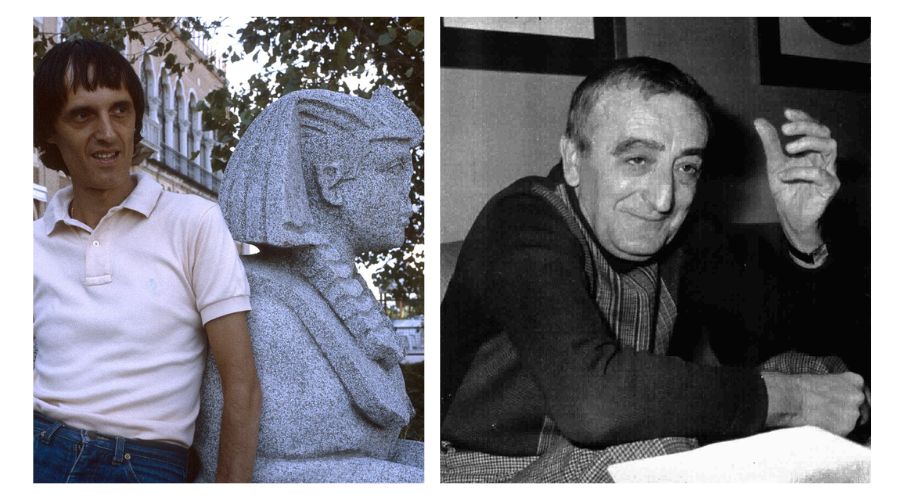
olasz rendező, forgatókönyvíró, különleges effekt művész és operatőr.
Visual Aesthetics and Stylistic Innovation
The visual language of 1960s European horror cinema revolutionized the genre through its bold artistic choices and pioneering techniques. You'll find experts like Mario Bava and Dario Argento crafting unforgettable visual aesthetics by blending expressionism, surrealism, and psychedelia into their terrifying visions.
These directors transformed horror through their innovative use of vivid colors, chiaroscuro lighting, and dynamic camerawork. Bava's "Blood and Black Lace" showcases this stylistic innovation with its voyeuristic camerawork and striking color palette, while Argento's "Suspiria" pushes the boundaries even further.
Their films create a hallucinatory experience through disorienting camera angles, elaborate set designs, and haunting musical scores. This unique combination of elements didn't just scare audiences - it immersed them in a nightmarish world where traditional horror conventions no longer applied. Much like the German Expressionism movement of the 1920s, these filmmakers used unnatural angles and exaggerated shadows to create a distorted reality that heightened psychological terror.
Masters of European Horror: Key Directors and Their Vision
Experts of 1960s European horror cinema revolutionized the genre through their distinct artistic visions and innovative storytelling approaches. In Italian cinema, you'll find Mario Bava, the "godfather of giallo," who established the genre's foundations with his visually striking works.
Dario Argento elevated these murder mysteries to new heights, crafting sophisticated thrillers that emphasized style and suspense.
You can't discuss European horror without acknowledging Lucio Fulci's controversial contributions to giallo and supernatural horror, while Sergio Martino commanded the blend of eroticism and violence through expert camerawork. These directors shaped the panorama of horror cinema, each bringing their unique vantage point. Their gothic sensibilities and innovative techniques continue to influence filmmakers today, proving that Italian horror authorities were far ahead of their time.
Horror of Dracula and other Hammer Films productions directed by Terence Fisher helped establish Britain's dominance in gothic horror storytelling during this era.
Themes of Violence, Sexuality, and Social Commentary
During an era of rapid social change, 1960s European horror cinema pushed boundaries by interweaving explicit violence and sexuality with potent social commentary.
You'll find this particularly evident in Italian giallo films, where directors like Bava and Argento crafted elaborate murder sequences using bold colors and voyeuristic camera techniques to investigate society's darkest impulses.
These films didn't shy away from controversial themes, often depicting female victimization and challenging established moral norms. Through their stylized violence and overt sexuality, they held up a mirror to contemporary anxieties and taboos.
Today, you can recognize their lasting influence in modern horror's willingness to confront uncomfortable social issues. The subversive nature of these films went beyond mere shock value, creating a unique cinematic language that spoke to deeper societal concerns and human nature's darker aspects.
Legacy and Impact on Modern Horror Filmmaking
Looking back at horror cinema's evolution, how deeply have 1960s European horror films shaped modern filmmaking? You'll find their influence everywhere, from the black-gloved killers of giallo movies that inspired countless slasher movies to Dario Argento's distinctive visual style that continues to allure new generations of horror fans.
Modern European horror and Italian films still wrap themselves in the unconventional camerawork and bold artistic choices of their 1960s predecessors. Through social media and restored releases, these classics keep finding new audiences who appreciate their innovative approach to the horror genre.
- Visual techniques that revolutionized horror cinematography
- The giallo-to-slasher evolution that defined modern horror
- Artistic flourishes that challenged mainstream conventions
- Boundary-pushing themes that inspired contemporary filmmakers

